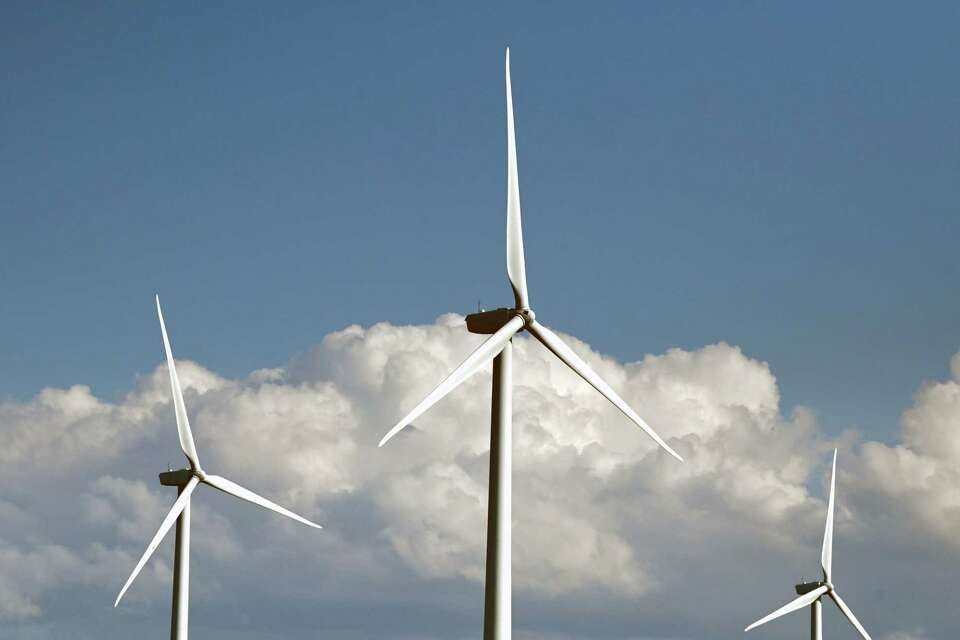How New York's energy sources are changing
And why one trend could force the state into a corner on its climate mandates.
Good afternoon — it’s Monday and Leave Work Early Day.
In today’s CapCon:
New York’s energy supply is becoming riskier as the state continues to work toward its climate mandates, the state’s grid operator said.
Neither the Senate nor the Assembly have released their committee agendas for the week.
The 2025 New York Bill Tracker has now been updated with end-of-session bills we have our eyes on. (Free link for subscribers)
A new bill would clarify when the state’s anti-discrimination laws would apply.
The year without a summer and a royal visit to New York.
Names in today’s CapCon: Rich Dewey, Gavin Donohue, Samra Brouk, Rodneyse Bichotte Hermelyn, Leroy Comrie
⚡ New York is creating an energy imbalance as demand increases, grid operator says
If you thought New York was well on its way to having zero-emission electricity statewide, I have good and bad news for you.
First, the good news: about 48% of the energy produced in New York last year came from zero-emission sources, including nuclear and hydro power. In upstate, a whopping 91% of the energy produced was zero-emission.
That’s according to the supply trends included in new data released Monday by the New York Independent System Operator, the nonprofit entity that manages the state’s power grid.
But here’s the bad news: that’s down statewide compared to 2023, when 49% of the energy produced in New York came from zero-emission sources.
That’s not because New York’s energy sources have been stagnant. The state recorded an increase in energy production last year of roughly 6,500 GWh. The total amount of energy produced statewide was 131,052 GWh to put that in perspective.
Here’s how that broke down for the major sources of energy, according to the report.
Solar: The amount of energy from solar power more than doubled last year to 503 GWh. It was 230 GWH in 2023.
Wind: Energy from wind power also increased, rising to 6,012 GWh from 4,892 GWh in 2023.
Nuclear: Nuclear dipped slightly but held steady for the most part around 27,000 GWh.
Hydro: Hydro also held steady at around 28,000 GWh.
Fossil Fuels: But the amount of energy New York produced from fossil fuels increased more than any category, up to about 67,300 GWh last year compared to about 61,230 GWh in 2023.
So the major increase in energy production last year in New York can be attributed to fossil fuels, including oil and gas — not renewable sources.
But there was another trend in the report that could soon back the state into a corner on its climate mandates if it doesn’t change.
💡 New York’s energy landscape is becoming riskier
This trend had already started but the report includes a snapshot of how this problem has progressed.
Keep reading with a 7-day free trial
Subscribe to Capitol Confidential with Dan Clark to keep reading this post and get 7 days of free access to the full post archives.






